Commercial Driver’s License (CDL) holders play a pivotal role in the transportation industry, ensuring goods and services reach their destinations efficiently and safely. At CarMax Vehicle, we understand the critical importance of safety in every journey. This guide delves into essential CDL safety tips designed to enhance your driving practices, reduce risks, and promote a secure environment on the road.
Table of Contents
- Pre-Trip Inspections
- Safe Driving Practices
- Load Securement
- Vehicle Maintenance
- Driver Health and Wellness
- Environmental Considerations
- Emergency Preparedness
- Technology Utilization
- Legal Compliance
- Conclusion
- Frequently Asked Questions
Pre-Trip Inspections
Before embarking on any journey, conducting a thorough pre-trip inspection is non-negotiable. This process ensures that your vehicle is in optimal condition, minimizing the risk of roadside incidents.
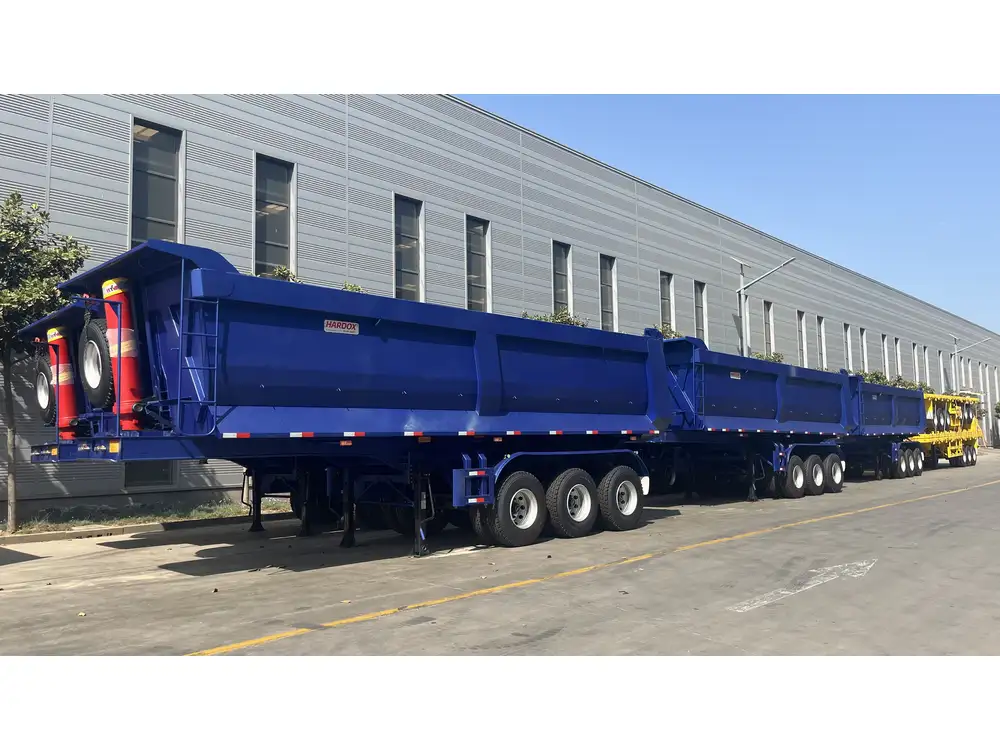
Key Components to Inspect
| Component | What to Check |
|---|---|
| Engine | Ensure no leaks, check oil and coolant levels |
| Brakes | Test functionality, inspect brake pads and lines |
| Tires | Check for proper inflation, tread wear, and damage |
| Lights | Verify all lights are operational, including headlights, brake lights, and turn signals |
| Mirrors | Adjust and clean to eliminate blind spots |
| Load | Confirm load is properly secured and balanced |
Safe Driving Practices
Adhering to safe driving practices is paramount for CDL drivers. These practices not only protect you but also other road users.
Speed Management
Maintaining appropriate speeds based on road conditions, weather, and traffic is crucial. Excessive speed increases stopping distances and the severity of accidents.
- Adhere to Speed Limits: Respect posted speed limits and adjust accordingly in adverse conditions.
- Anticipate Traffic Flow: Stay aware of traffic patterns to avoid sudden braking or acceleration.

Following Distance
A safe following distance allows ample time to react to sudden stops or emergencies.
- The 3-Second Rule: Maintain at least a three-second gap between your vehicle and the one ahead.
- Increase Distance in Poor Conditions: Extend the following distance during rain, fog, or heavy traffic.
Blind Spots Awareness
Large commercial vehicles have significant blind spots. Being cognizant of these areas can prevent collisions.
- Use Mirrors Effectively: Regularly check mirrors to monitor surrounding traffic.
- Communicate Intentions: Use signals and horn as necessary to alert others of your presence.
Load Securement
Proper load securement is vital to prevent cargo from shifting or falling, which can lead to accidents.
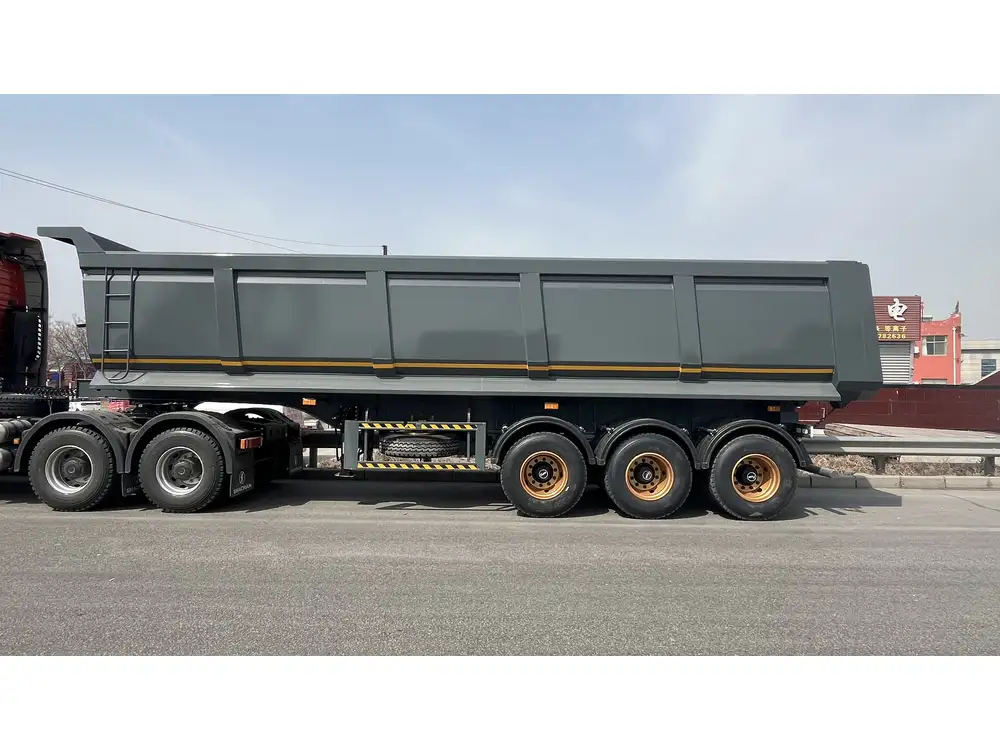
Best Practices for Securing Loads
- Use Appropriate Restraints: Select straps, chains, or ropes that match the load’s weight and dimensions.
- Even Weight Distribution: Balance the load to prevent undue stress on any single part of the trailer.
- Regular Checks: Inspect load securement periodically during transit to ensure stability.
Vehicle Maintenance
Regular maintenance extends the lifespan of your vehicle and ensures it operates safely.
Maintenance Schedule
| Maintenance Task | Frequency |
|---|---|
| Oil Change | Every 5,000 miles |
| Brake Inspection | Every 10,000 miles |
| Tire Rotation | Every 7,500 miles |
| Battery Check | Every 15,000 miles |
| Fluid Levels | Weekly before trips |
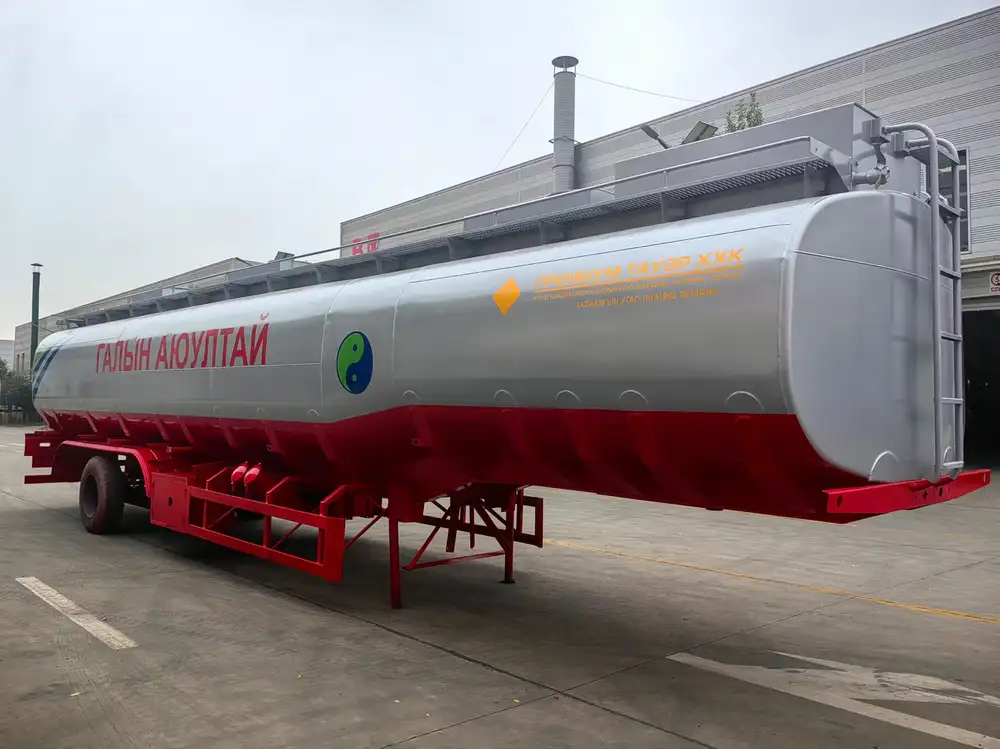
Reporting Issues
Promptly report any mechanical issues to prevent minor problems from escalating into major hazards.
Driver Health and Wellness
A driver’s well-being directly impacts their ability to operate a vehicle safely.
Importance of Physical Health
- Regular Exercise: Helps maintain alertness and reduces fatigue.
- Balanced Diet: Fuels the body for long hours on the road.

Mental Health Considerations
- Stress Management: Utilize relaxation techniques to manage job-related stress.
- Adequate Rest: Ensure sufficient sleep to maintain cognitive functions.
Environmental Considerations
Being mindful of environmental factors enhances safety and sustainability.
Weather Adaptability
- Rain: Reduce speed, increase following distance, and use headlights.
- Snow/Ice: Equip vehicles with appropriate tires and adjust driving techniques.
- Fog: Use fog lights and reduce speed to maintain control.
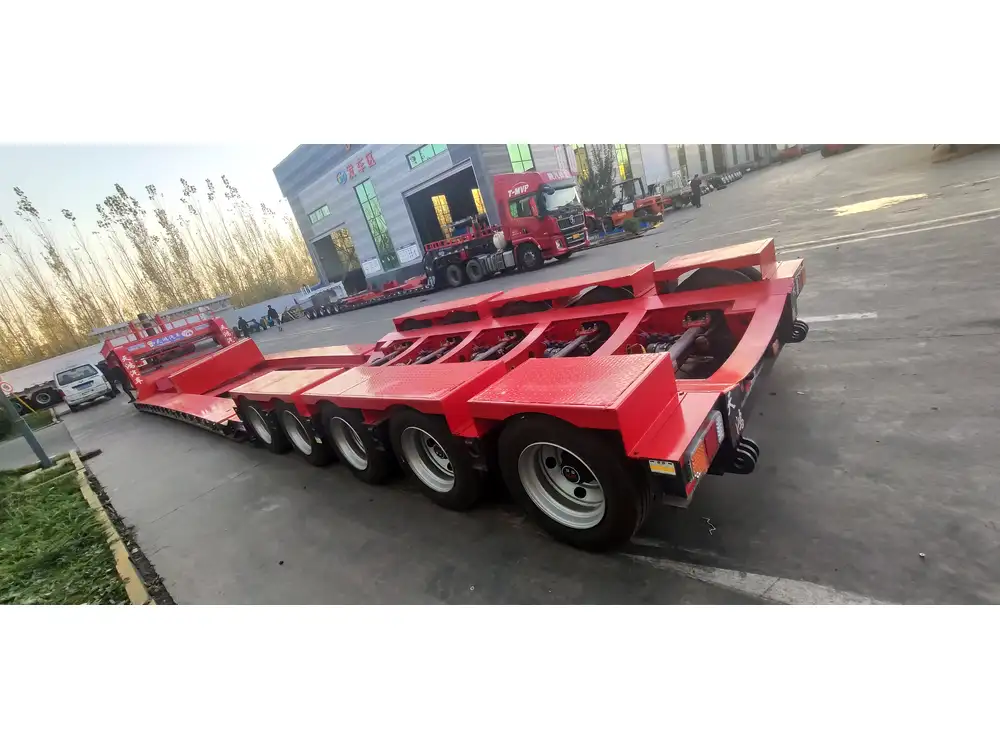
Road Conditions
- Construction Zones: Observe signage and adhere to temporary speed limits.
- Uneven Surfaces: Stay vigilant for potholes or debris that may affect vehicle stability.
Emergency Preparedness
Being prepared for emergencies can mitigate the impact of unexpected incidents.
Essential Emergency Kit
- First Aid Supplies: Bandages, antiseptics, and medications.
- Tools: Flashlight, multi-tool, and basic repair tools.
- Reflective Triangles: For warning other drivers in case of a breakdown.

Emergency Procedures
- Stay Calm: Assess the situation logically.
- Secure the Vehicle: Move to a safe location if possible and activate hazard lights.
- Contact Authorities: Report the emergency and seek assistance as needed.
Technology Utilization
Leveraging technology can enhance safety and efficiency in commercial driving.
Advanced Safety Features
- Electronic Stability Control (ESC): Helps maintain vehicle stability during maneuvers.
- Collision Mitigation Systems: Alerts drivers to potential collisions and can even apply brakes automatically.
- Blind Spot Detection: Notifies drivers of vehicles in their blind spots.

Telematics
Utilizing telematics systems allows for real-time monitoring of vehicle performance and driver behavior, leading to improved safety and efficiency.
Legal Compliance
Adhering to laws and regulations ensures legal protection and promotes safety on the road.
Hours of Service (HOS)
- Regulated Driving Hours: Comply with HOS regulations to prevent driver fatigue.
- Record Keeping: Maintain accurate logs of driving hours and rest periods.
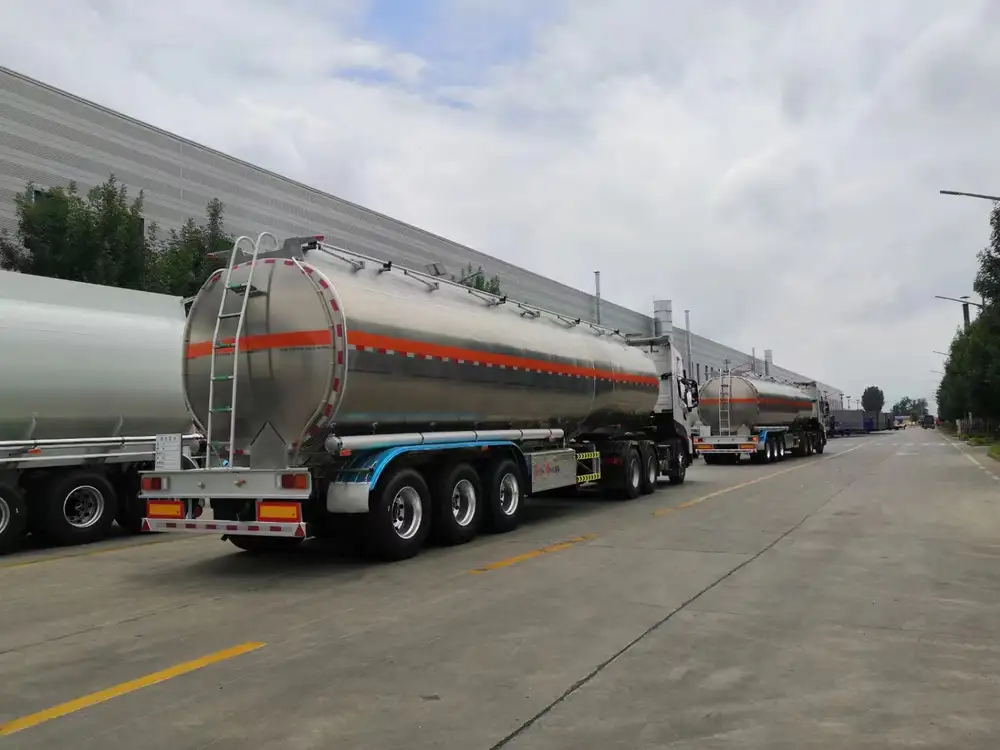
Licensing and Certifications
- Valid CDL: Ensure your CDL is up to date and meets the requirements for the vehicle you are operating.
- Additional Endorsements: Obtain necessary endorsements for transporting specialized loads.
Conclusion
Safety is the cornerstone of successful commercial driving. By implementing these CDL safety tips, CarMax Vehicle and CarMax Trailer commit to fostering a secure and efficient transportation environment. Continuous education, adherence to best practices, and proactive maintenance are essential in mitigating risks and ensuring every journey is as safe as possible.
Frequently Asked Questions
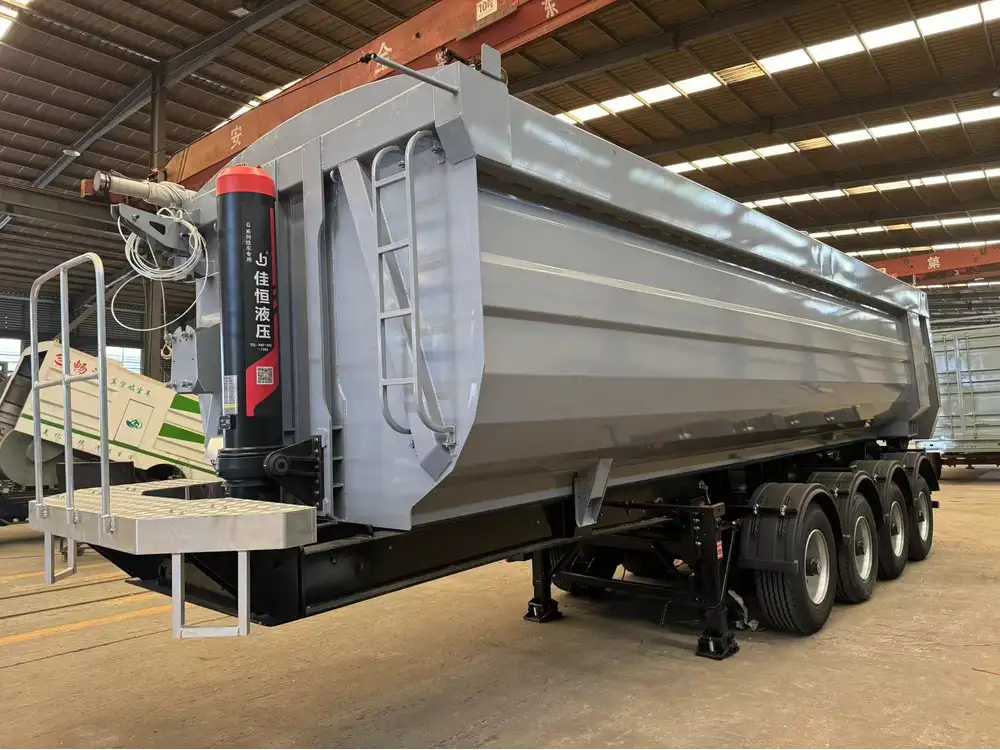
1. What are the essential pre-trip inspection steps for CDL drivers?
Essential pre-trip inspection steps include checking the engine for leaks, inspecting brake functionality and pads, ensuring tires are properly inflated and free from damage, verifying all lights are operational, adjusting and cleaning mirrors, and confirming that the load is properly secured and balanced.
2. How can I manage fatigue during long drives?
To manage fatigue, adhere to Hours of Service regulations, take regular breaks, ensure adequate sleep before trips, maintain a healthy diet, stay hydrated, and incorporate short walks or stretches during rest periods to stay alert.
3. What are the best practices for load securement?
Best practices for load securement involve using appropriate restraints such as straps or chains, ensuring even weight distribution, regularly inspecting load during transit, and following industry standards and regulations to prevent shifting or falling cargo.

4. How does technology enhance CDL safety?
Technology enhances CDL safety through advanced safety features like Electronic Stability Control (ESC), Collision Mitigation Systems, and Blind Spot Detection. Additionally, telematics systems provide real-time monitoring of vehicle performance and driver behavior, promoting safer driving practices.
5. What should be included in an emergency preparedness kit for CDL drivers?
An emergency preparedness kit should include first aid supplies, essential tools like a flashlight and multi-tool, reflective triangles for roadside warnings, a fire extinguisher, jumper cables, and emergency contact information to ensure readiness for unexpected situations.



